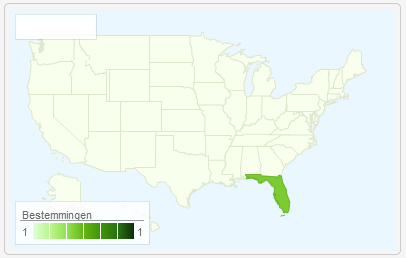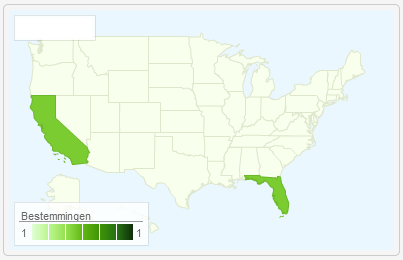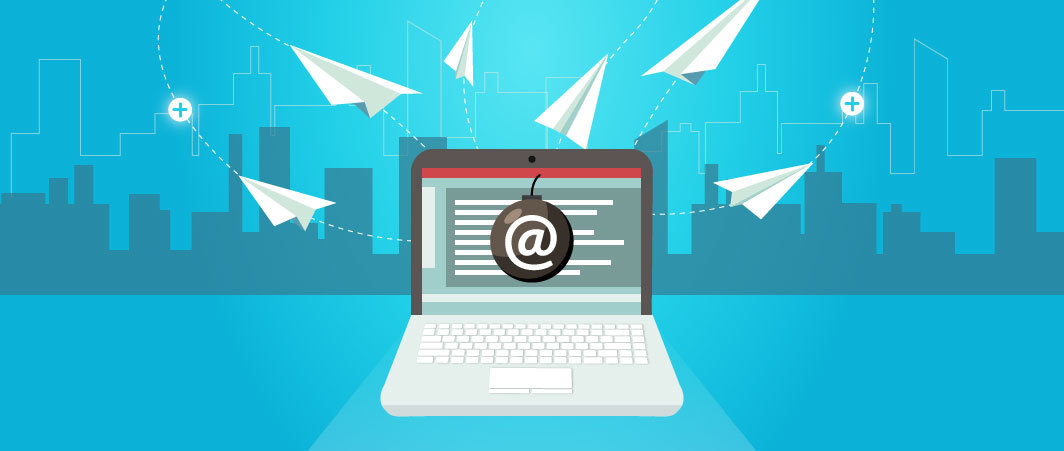Gmail shows images by default, impact on email statistics (2)
by Edward Touw , Ruben Cooler
Recently I wrote a post on this blog about the fact that Google now uses its servers as a proxy to show images, and the way this affects emails statistics. In a nutshell, this new way of operating means that email marketers can now see the unique number of impressions for Gmail users, but aren't able to measure the total number of impressions.
In the comment section of the blog, someone asked if this new procedure also affects geolocation statistics. To give you a short answer: yes it does. Also, while we’re on the subject, it’s worth noting that Gmail does not operate as an image proxy for all of their users.
Geolocation
If you take a look at the statistics for your emails, you’ll see an overview of the location where your emails are opened. To be able to show this information, Copernica checks to see where the images were downloaded. If someone does this from Miami for example, you’ll see that the state of Florida coloured green.

But now images are downloaded by Google’s servers, the location of these proxies will be shown on the map.
Underneath you’ll see the statistics for an email, that was opened twice from the same computer. First I sent the document to an @copernica.com address, and opened it with Outlook 2003. Then I sent the same email to an @gmail.com address, and opened it with the Gmail web application.

As you can see, the statistics now show two different locations. Even though the email was opened in Miami both times, because of Google’s proxy server it now appeared it was opened in Sillicon Valley as well.
Desktop clients and non Gmail apps
In reply to the previous blog post on this subject, Tiuri de Jong of TriMM also noted that the way that Gmail handles images in incoming emails, does not apply to all Gmail users.
“As far as we know, Gmail does not operate as a proxy if a recipient opens the email from a desktop client, or with an app that retrieves the email through pop or imap,” De Jong adds correctly.
Or in other words: Google only administers its new way of operating on people that Gmail’s web application or official mobile app. And in the latter case, this only applies if the recipient updated his app recently and isn't using an old version.

 Email editor
Email editor Follow-up manager
Follow-up manager Push notifications
Push notifications SMS module
SMS module Layered database
Layered database Native integrations
Native integrations Testing mailings
Testing mailings REST API/Webhooks
REST API/Webhooks Website forms
Website forms Website crawler
Website crawler Coupons
Coupons



